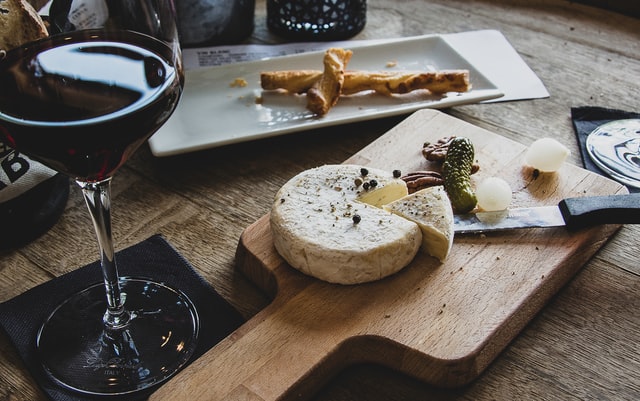Did you ever have a bad experience pairing wine and cheese before? If yes, then I am sure you remember exactly how painful it was. The whole process takes time, skill, and patience to come out with a good combination that everyone likes.
When looking at pairings, there are certain guidelines you should follow to get the perfect match. Before starting to discuss these rules, let me clear something up by stating that there is no one correct way to pair wines and cheeses.
While some combinations may seem to fall into place, they may not always go down well with your guests. Remember, the purpose of this type of menu is to create a memorable occasion, and not every guest has the same palate.
How To Pair Wines And Cheese
1. Choose the right type of cheese
There are many different types of cheeses in the world; however, most do have two fundamental qualities that make them work as a complement for wine. These characteristics include melting and grating properties.
You can find examples on both ends of the spectrum. On one end of the scale, we have hard cheeses like Cheddar or Parmesan that melt easily when paired with white wine. They also tend to be relatively bland so that they don’t affect the taste of what they are with.
On the other hand, soft cheeses such as Brie or Camembert will not melt in the mouth but they tend to leave an after-taste in the mouth. Their flavor tends to overpower food and beverages.
2. Choose a strong flavor
Wine and cheese combinations tend to work best when the flavors complement each other. For example, if you choose a cheese with a mild flavor profile, it won’t be too difficult for it to be overpowered by the wine. So, if you want to try this particular combination, you need to first pick a wine that is bold enough to stand out against the cheese. Then you can add your choice of cheese to complete the equation.
3. Pick a light or medium-bodied wine
The next step that people tend to forget about while pairing cheeses is choosing the right body of the wine. Wine has two basic categories: sweet wines and dry wines. When selecting a wine, you should select one that falls under either of these categories.
A great way to gauge whether it is sweet or dry is to check its alcohol content. Light-bodied wines usually contain low levels of alcohol while more robust wines tend towards higher amounts. This means that you will need to exercise caution when adding a rich dessert cheese to a smooth-bodied red or white.
4. Don’t mix rinds and crumb cheeses
Rind (the brown outer portion) should never be combined with creamier cheeses. Rinds have a stronger flavor than the rest of the cheese, so mixing those with the softer part of the cheese will not result in a balanced tasting experience visit Casino en ligne. Another reason why you shouldn’t pair rinds and crumbs together is that neither contains any dairy ingredients.
5. Avoid fatty cheeses
While fat is essential to cheese, it doesn’t mean that you can pair it with everything. Fatty cheeses such as Blue Castello or Stilton tend to be very concentrated so blending them with lighter, less pronounced cheeses might turn the whole thing into a soggy mess. If you decide to go ahead with a pair of heavy cheeses, then take note that you can reduce their richness by serving them with bread rolls.

